Jacaranda mimosifolia
 jacaranda
jacaranda
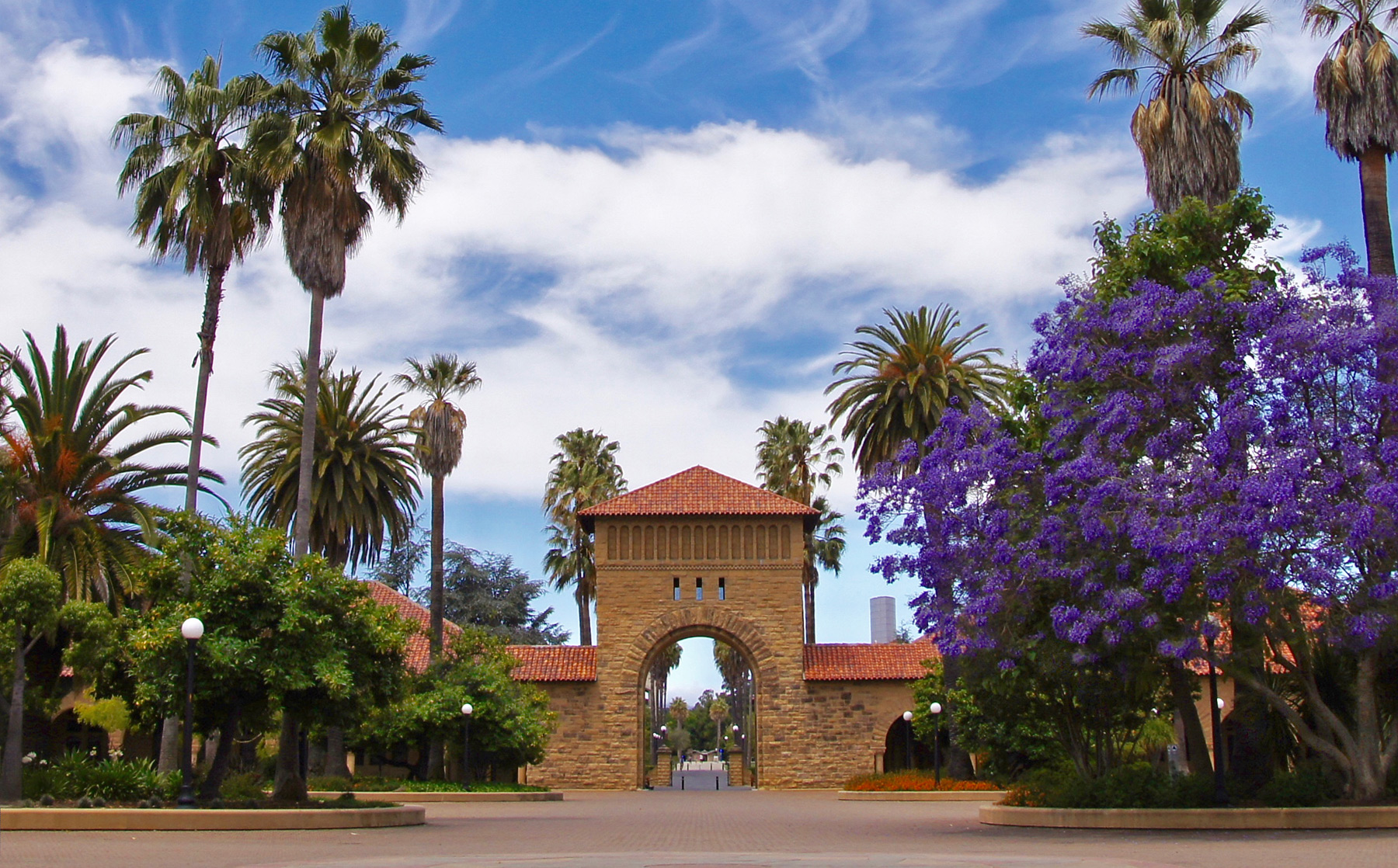
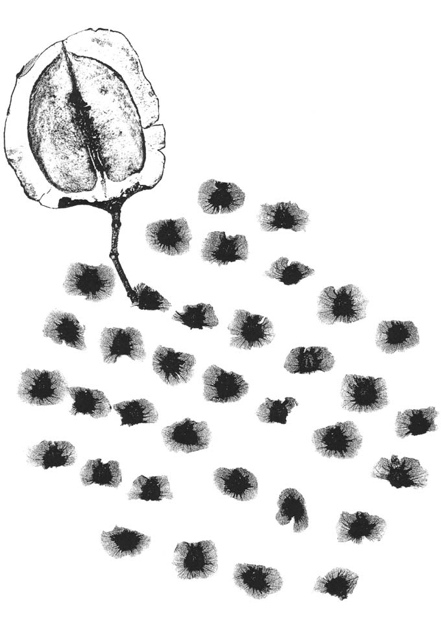
This magnificent tree is famous for its 2-inch lavender bells in summer and the carpet of fallen blossoms that forms around it. Before flowering, the foliage, which is extremely finely divided, is also highly attractive. The wood is purple with dark venation.
There were very few on campus but attention has been given to establishing more of them. An insignificant specimen is on the path leading into Frost Amphitheater at its southeast corner. In the 1990s one was planted in the inner northwest island of the Inner Quad – now possibly the most photographed single tree on campus, happily peaking in bloom in the week or two before Commencement – and there was a mass planting in the four semi-protected courts adjacent to Bowdoin Street (enclosed by the Rains Houses), where about 60 have survived. Several also were planted opposite Pearce Mitchell Houses on Salvatierra Street. There is one in the northeast corner of Sequoia Hall courtyard on Via Pueblo. Eighteen march down the grand terraced steps into the courtyard of the Jen-Hsun Huang Engineering Center, which was dedicated in 2010.
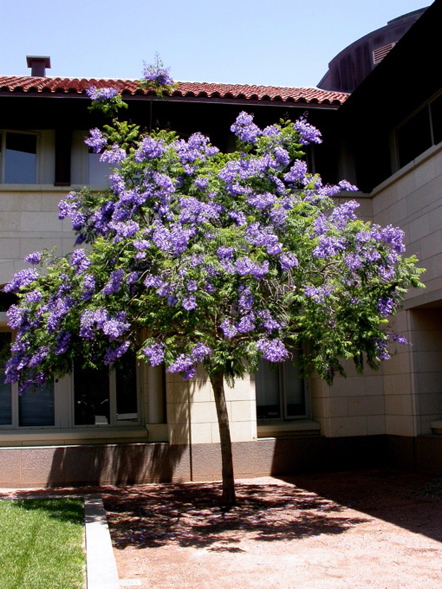
A full-grown specimen may be detected in summer on Cabrillo Avenue near Dolores Street (location). Other examples in the residential area are at 796 Cedro Way and 909 Cottrell Way. In Palo Alto a beautiful specimen probably planted in the 1930s is nestled in the courtyard of the Roth Building at 300 Homer Avenue.
The round, flat, seed cases, more than 2 inches across when ripe, with a bump in the middle for the seed, are in good supply at Rains Houses. They can be extremely difficult to open by hand. You should try. I am not talking about unripe, aborted, or spent pods – only hard ripe pods that have not yet opened of their own accord. While the fruit is not as heavily into protective armor as its compatriot the Brazil nut, the ancestors of the jacaranda clearly had something serious in mind as they evolved. If you feel you will be successful in opening a closed capsule, first examine the outside bumps and form an idea of what you will see.
Trees sold in the nursery trade as J. mimosifolia can be the similar J. acutifolia – native to dry valleys of central and northern Chile – or hybrids, according to the authors of Trees of Santa Barbara (2005).
Use the dictionary pronunciation for jacaranda – do not reveal ignorance by using a Spanish pronunciation for a Brazilian native word; better to cause confusion by using the Portuguese zha-ka-rã-DAH.
Related material: Stanford Grounds Plant Information Sheet, List No. 7, Page 13.
Name derivation: Jacaranda – from the Portuguese name for the genus; mimosifolia – leaves like a mimosa (Albizia julibrissin).
Image gallery
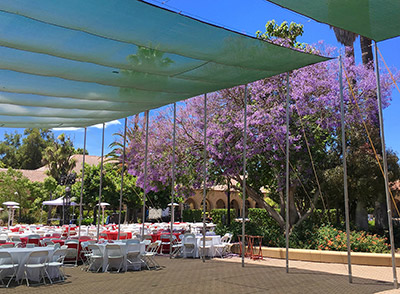
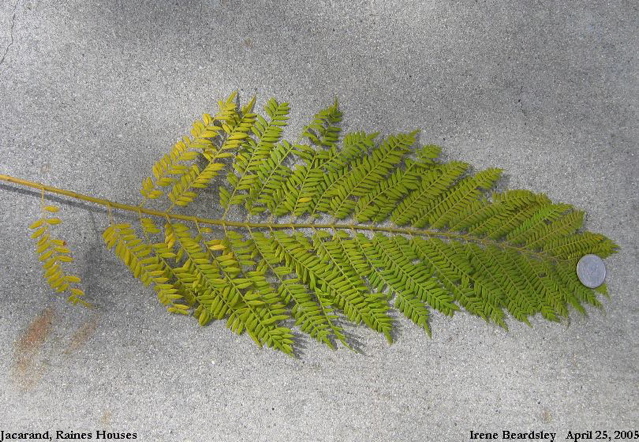
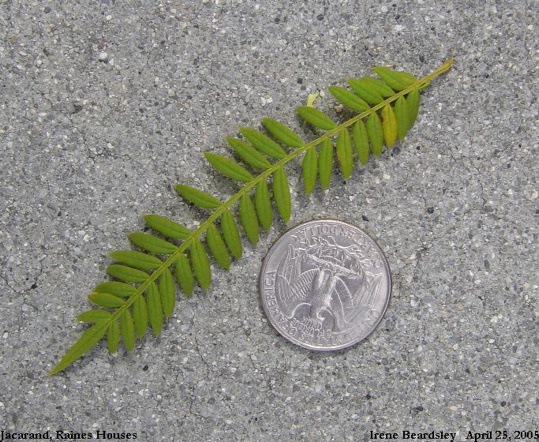
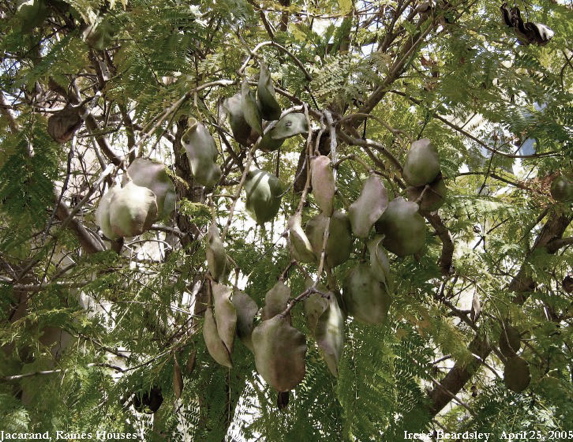
About this Entry: The main text of this entry is from the book Trees of Stanford and Environs, by Ronald Bracewell, published 2005. John Rawlings subsequently added the note on J. acutifolia. Native range corrected from Brazil to NW Argentina & Bolivia; Huang locations added; minor edits (Jun 2017, SP). 909 Cottrell location removed, Cedro Way added, all locations verified (Jun 2020, SP).


